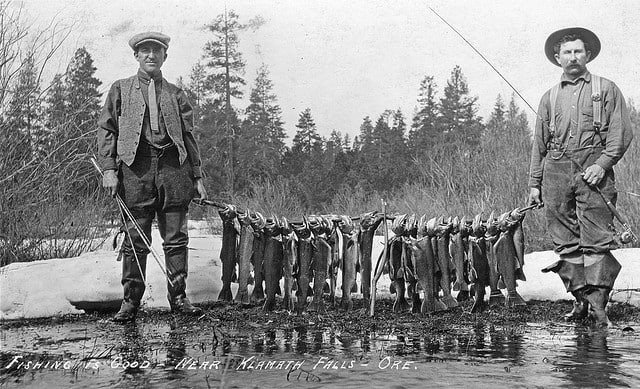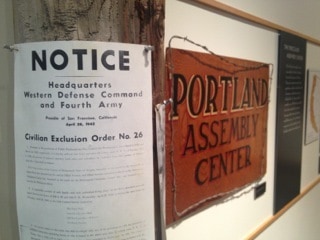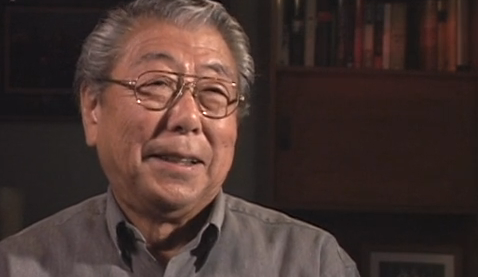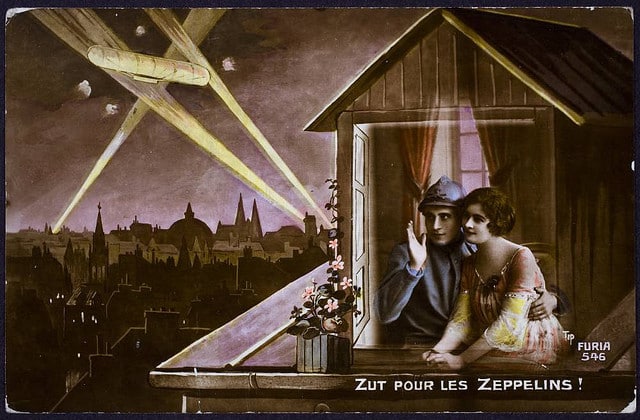Lesson Study II
We are beginning our second round of lesson studies. This time we are sharing lesson ideas in groups of three over the next four weeks. Three students will troubleshoot their lesson ideas – with a focus on content, process and product. They’ll do this within “the fishbowl.” Their classmates will observe from outside the fishbowl. They’ll be using a T chart to track two items – useful questions they heard in the fishbowl and question that “should” have been asked. Feedback from in and outside the fishbowl will be used by students to improve their lesson idea.
Nikkei project planning session
Students are serving as curriculum consultants to the Nikkei Legacy Center. We used class time to work in our three project teams:
- “Museum in a Suitcase” – Developing a set of lesson plans for intermediate through high school students to support a traveling suitcase filled with historic artifacts on the incarceration of Japanese-Americans. ( Christina, Kristi, Cory, Heather, Erin and Damian)
- “Virtual Museum” – Creating an online collection of lessons that parallel the installation at the Nikkei Center tracing pre war life, incarceration, camp conditions and acclamation following the war. I would serve as a pre or post visit enhancement. (Peter and Kyle)
- “Japantown Walking Tour” – Developing a native iPhone app walking tour of the historic Japantown in Portland. It will include geo-fenced text, photos, audio, video and tools for sharing user reaction to the content via social media. (Collin, Aram, Tom and Sam)
Image Credits: Fishing is good near Klamath Falls, Oregon OSU Special Collections
Photo of Nikkei Legacy Center installation




